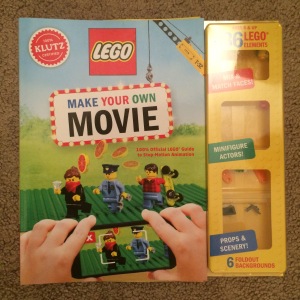Here’s a little story about me and the police.
As an American growing up in a former Soviet republic, the police were not my friend. In the shaky new regime of 1990s Kazakhstan, police held power. They used that power to their benefit, harassing people with threats of outrageous fines or punishments in order to extort bribes. I can’t even count the number of times we were pulled over and asked to pay a cash “fine” directly to officers. Fines for things like “potentially hazardous driving” or “changing lanes to fast”. Or once, we were blatantly told “you didn’t do anything wrong, we just want money to buy lunch.” If we objected, they would threaten worse fines, legal actions, more punishments. So, we paid the fines.
Every American family I knew living in Kazakhstan in the 90s experienced this. We were specifically targeted as foreigners. We were outsiders. We were vulnerable. We had visas and jobs that could easily be revoked. Some of us spoke very little Russian and couldn’t even argue their case. We were easy targets.
As a teenager, I was stopped and frisked twice in my own neighborhood. Kicked out of public parks for making movies with my friends. Harassed and threatened and constantly reminded of who held the power in the relationship between me and the police. I hated law enforcement for being unfair and unjust. I could easily see the system was broken and needed to be fixed.
Then I moved back to the USA to go to college.
And in this different system, on a private university campus, in a white, male-presenting body, I was given the benefit of the doubt by the police.
How much benefit of the doubt? One time, I “allegedly” covered a public space in paint, then threw eggs and fish all over it, then set it on fire. Then covered it in jello. Then maybe set it on fire again. When campus police approached me with questions regarding the “incident”, I was let completely off the hook because “it was my birthday”.
And in that sort of environment, it was harder for me to dislike the police. It was hard to spot the injustice when it worked in my favor. In Kazakhstan, I’d hear weekly stories of teachers detained by police on the way to school. In Texas, I’d hear stories about friends getting away with underage drinking, knowing that their tuition was paying campus police salaries.
In that system, it was easy to overlook how the campus was building a bubble of privileged blissful ignorance, literally hedging out the systemic inequalities of surrounding neighborhoods.
It is easy to sit quietly when you’re not under continual threat. It is easy to look past a broken system if you benefit from it.
The system is broken. American police are killing people and getting away with it. And they have been for their whole history. The movement to defund and abolish the police is drawing from very real experiences of vulnerable communities who have seen the worst of policing in this country.
If all your encounters with police have been friendly campus officers and quiet suburb patrolmen, your perspective has been weighted in their favor. If the thought of reducing the presence of police makes you uncomfortable, consider what it would be like if every encounter with them was the worst part of your day. Consider living under constant threat, fearing you’ll be targeted simply for who you are.
Then consider defunding the police.











